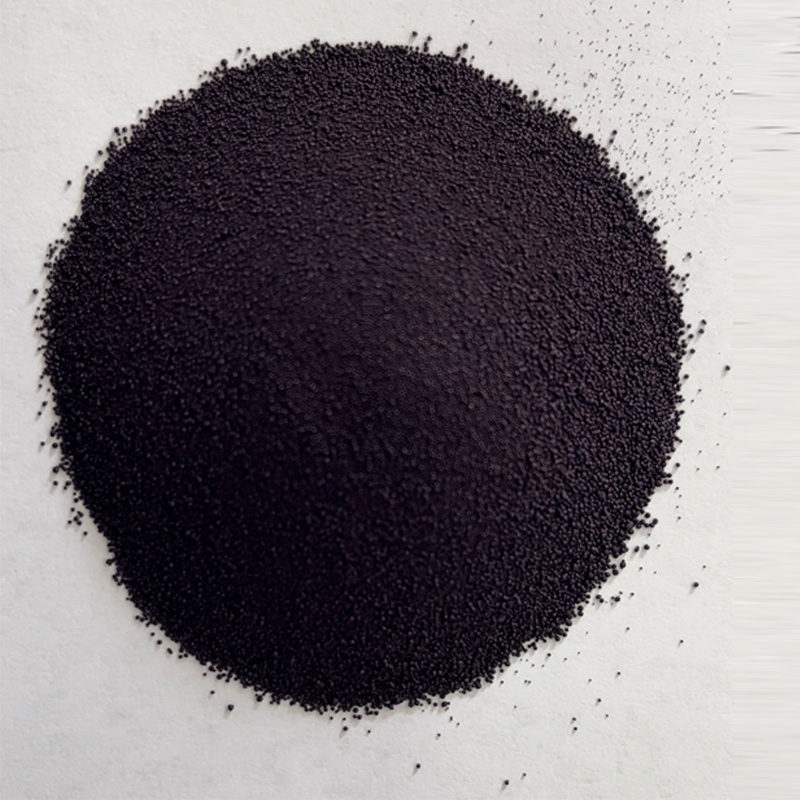The Enigma of Mushroom Stones Nature's Artifacts or Ancient Symbols?
Mushroom stones, an intriguing phenomenon found across various regions worldwide, are a testament to the Earth's geological history and, perhaps, the artistic endeavors of our ancient ancestors. These unique formations, named for their uncanny resemblance to mushrooms, are not only geological wonders but also hold a mysterious allure that has captivated researchers and enthusiasts alike.
Primarily discovered in tropical and subtropical areas, such as the Maya civilization's former territories in Central America, mushroom stones are typically composed of two distinct parts - a large basal stone topped by a smaller, rounded cap. The formation process is a result of millions of years of weathering and erosion, with the upper portion resisting weathering due to its harder composition, creating the distinctive mushroom-like shape.
Geologists attribute the creation of these stones to a process known as differential weathering, where rocks with varying resistance to weathering elements break down at different rates. Over time, this differential weathering can lead to the development of mushroom-like structures. However, the story doesn't end there. Many mushroom stones display intricate carvings and symbols, leading to the belief that they might have held cultural or spiritual significance to ancient civilizations.
The Maya, for instance, were known for their deep connection to nature and the cosmos
The Maya, for instance, were known for their deep connection to nature and the cosmos
mushroom stones. It is speculated that these mushroom stones could have been used as markers in ceremonial sites, astronomical observatories, or even as representations of deities

. Some researchers propose that the stones' mushroom shape might symbolize fertility, life, and regeneration, given the importance of mushrooms in Mesoamerican mythology.
Archaeologists continue to debate the true purpose of these enigmatic stones. Were they mere natural formations co-opted by ancient cultures, or were they intentionally crafted as part of a larger symbolic language? The absence of written records from these societies leaves us with more questions than answers, adding to the mystique surrounding mushroom stones.
In modern times, mushroom stones have become a subject of fascination for not just scientists but also artists and landscape designers. They are often incorporated into garden designs, mimicking the organic beauty of nature while serving as a reminder of the Earth's geological past and the enduring mysteries of our ancestors.
In conclusion, mushroom stones stand as silent sentinels, embodying the interplay between geology and human history. Their existence challenges us to ponder the relationship between nature and culture, and the enduring secrets that lie within our planet's crust. As we continue to unravel the mysteries of these fascinating formations, one thing remains clear - the story of mushroom stones is a testament to the enduring power of both time and imagination.

 . Some researchers propose that the stones' mushroom shape might symbolize fertility, life, and regeneration, given the importance of mushrooms in Mesoamerican mythology.
Archaeologists continue to debate the true purpose of these enigmatic stones. Were they mere natural formations co-opted by ancient cultures, or were they intentionally crafted as part of a larger symbolic language? The absence of written records from these societies leaves us with more questions than answers, adding to the mystique surrounding mushroom stones.
In modern times, mushroom stones have become a subject of fascination for not just scientists but also artists and landscape designers. They are often incorporated into garden designs, mimicking the organic beauty of nature while serving as a reminder of the Earth's geological past and the enduring mysteries of our ancestors.
In conclusion, mushroom stones stand as silent sentinels, embodying the interplay between geology and human history. Their existence challenges us to ponder the relationship between nature and culture, and the enduring secrets that lie within our planet's crust. As we continue to unravel the mysteries of these fascinating formations, one thing remains clear - the story of mushroom stones is a testament to the enduring power of both time and imagination.
. Some researchers propose that the stones' mushroom shape might symbolize fertility, life, and regeneration, given the importance of mushrooms in Mesoamerican mythology.
Archaeologists continue to debate the true purpose of these enigmatic stones. Were they mere natural formations co-opted by ancient cultures, or were they intentionally crafted as part of a larger symbolic language? The absence of written records from these societies leaves us with more questions than answers, adding to the mystique surrounding mushroom stones.
In modern times, mushroom stones have become a subject of fascination for not just scientists but also artists and landscape designers. They are often incorporated into garden designs, mimicking the organic beauty of nature while serving as a reminder of the Earth's geological past and the enduring mysteries of our ancestors.
In conclusion, mushroom stones stand as silent sentinels, embodying the interplay between geology and human history. Their existence challenges us to ponder the relationship between nature and culture, and the enduring secrets that lie within our planet's crust. As we continue to unravel the mysteries of these fascinating formations, one thing remains clear - the story of mushroom stones is a testament to the enduring power of both time and imagination.